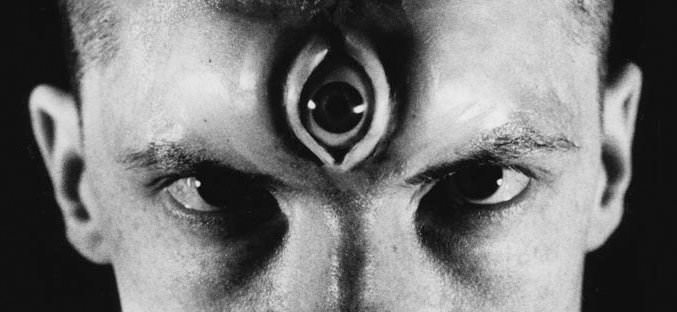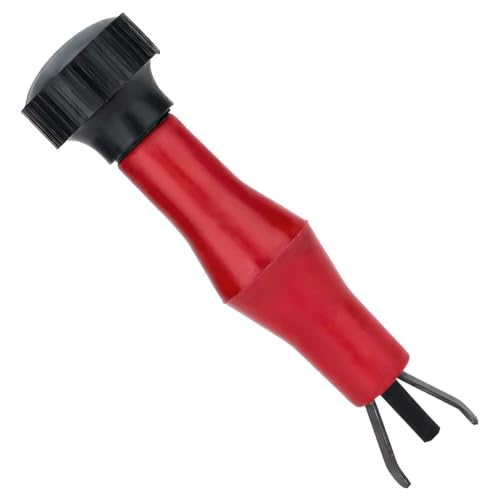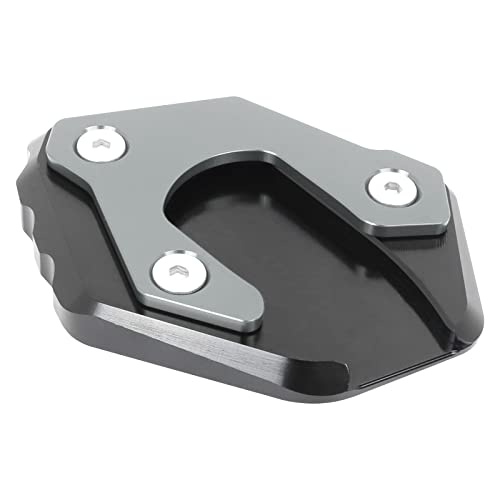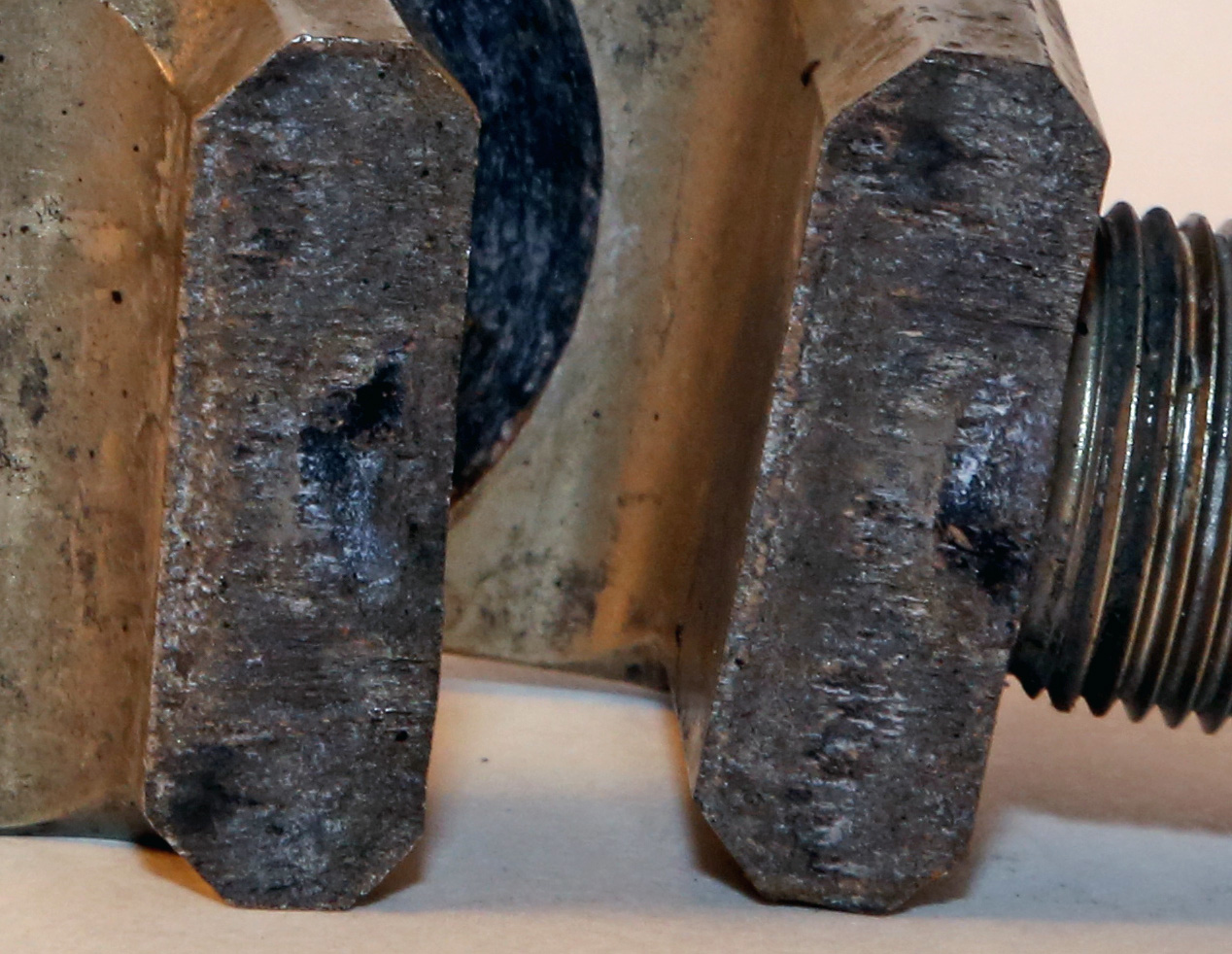Great images Ignacio, thanks.
By my partially trained eye, your second failed clevis appears to confirm what we've suspected: crack initiation at the intersection of the clevis and base of the threaded rod. Then the crack propagated with slow movement until about 15-20% of the cross section had cracked, and then it proceeded to a complete failure of the remaining area in relatively quick fashion (perhaps upon a single, sudden load).
Your first clevis failure shows similar by my partially trained eye, but appears to have took longer to fail. It appears the crack also initiated at the intersection of the clevis and base of the threaded rod, then proceeded slowly over time to about 40-50% of the cross section, then the failure completed in quick fashion. It appears this clevis is steel (rusting iron), or it was stored [after failure] near iron-based metal?
It also appears that the raw stock that the second failed clevis was made from (appears some kind of aluminum alloy) is very uniform, and also that there are indications of stored stresses at the machined surfaces (to be expected).
I also see some interesting scoring marks around the bolt holes. This indicates there's load twisting the clevis around the axis of the mounting bolt as the shock is compressing/rebounding. It appears the clevis-to-tang interface is dragging and perhaps that the bolted joint is adding to the stress at the notch.
The use of the word 'fatigue' many times throughout in this thread is not likely fitting. Stress induced crack propagation can be fatigue, but it is likely more simply that a momentary stresses in the part at that notch (between clevis and threaded rod) are higher than the material's Ultimate Strength. Fatigue is more complex than that--ie, 'fatigue' is not a necessary explanation for this failure.
Above is by my partially trained eye. I'll have a chance middle of next week to ask a favor of an expert.






































































